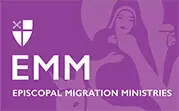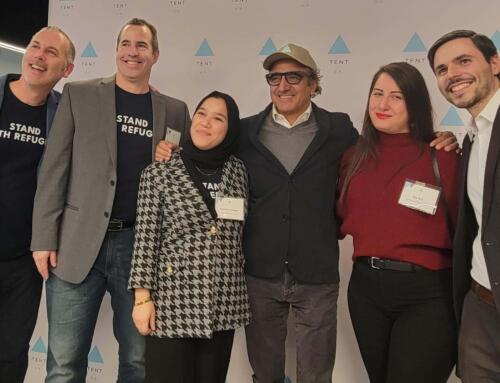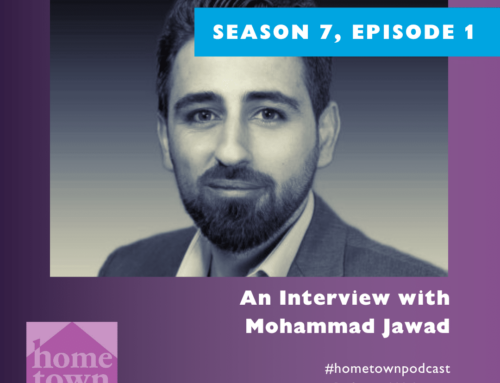
Second Sunday of Advent
“You did it to me”
When I was a college student I read a book that profoundly impacted my faith. The book, entitled Come Be My Light, is a collection of the private writings of Mother Teresa, the world-renowned nun who spent fifty years caring for the poorest of the poor in India and around the world. Come Be My Light is a spiritual biography, revealing Mother Teresa’s decades long dark night of the soul. For many years this woman the world looked to as a living incarnation of the love of Christ rarely, if ever, felt that burning in the bosom we all look to for confirmation that God is truly with us.
Yet, in the depths of her desolation, Mother Teresa remained committed to the Savior. Her faith remained rock solid, even as she couldn’t feel the presence of the Lord in her life. How did Mother Teresa square that circle?
In her writings, she relates how the Lord first called her in her youth to be a nun, and later how she received what she referred to as her “call within a call.” In pursuit of this second call she gave up life as a Loretto Sister and went into the slums of Calcutta to care for the poorest of the poor. She writes that the Lord Jesus wanted her to see him, the crucified and risen king, seated on the throne at the right hand of the Father, in the suffering poor. And not only to see him in the poor, but to serve him in the poor. “Whatsoever you do to one of the least of these my brethren, you did it unto me.”
The Lord probably isn’t going to call you or me to give up everything we own, take vows of poverty, and spend our lives serving the poorest of the poor. But he is calling us to see him in the shadowy places, in the people we would otherwise ignore. That includes the immigrant, the refugee, the asylum seeker, the people whose presence makes us uncomfortable. Like Mother Teresa, we are called to see our redeemer in the least of these, and to serve them as we serve Christ Jesus.
This is tough stuff, but the Savior never said following him would be easy. We who own the faith of Jesus must ask ourselves if we’ve allowed his love to penetrate every aspect of our lives, including how we welcome the stranger. We must continually beg the Lord to give us Matthew 25 eyes to see him in the immigrant facing deportation, the refugee fleeing persecution, and the asylum seeker returned to Mexico. Even when the warm fuzzies aren’t there, like Mother Teresa we can always find the Savior in the least of these. I think that’s why God withheld consolation from Mother Teresa, to empower her, by his grace, to seek and serve the poor as a tangible act of serving him. In serving the poor, she served Christ, and united her suffering to the cross of Jesus. In imitation of Mother Teresa, we are called to do the same, and someday we too will share in the vision of Christ Mother Teresa enjoys in the heavenly city, where the first shall be last and the last shall be first, and all creation is reconciled under our living King. Come, Lord Jesus.





